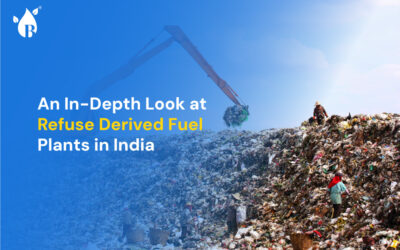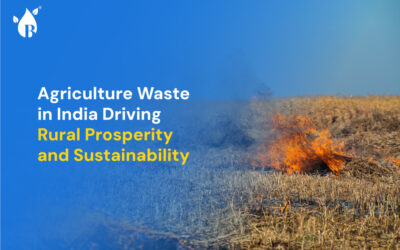
When we burn fossil fuels like coal and oil, or change land for activities like farming, we release carbon dioxide (CO2) into the air. This extra CO2 traps heat and causes global warming. Think of it as owing a debt to the planet. To put it simply, carbon debt is like borrowing from the environment’s carbon savings account and not paying it back on time.
Biofuels, which are fuels derived from renewable biological sources such as crops like corn, sugarcane, and soybeans, as well as algae and organic waste, are often considered a more environmentally friendly alternative to fossil fuels like coal, oil, and natural gas. However, their association with carbon debt arises from the complex life cycle and environmental factors involved in their production and use. Here’s how biofuels can be associated with carbon debt:
1. Land Use Change: To grow biofuel crops on a large scale, land may need to be converted from forests, grasslands, or other natural habitats. When these ecosystems are cleared, the stored carbon in trees and soil is released into the atmosphere. This initial release of carbon can take years or even decades to be offset by the carbon savings from using biofuels.
2. Energy-Intensive Agriculture: Many biofuel crops require intensive agriculture practices, including the use of fertilizers, pesticides, and heavy machinery. The production process can be energy-intensive, leading to carbon emissions associated with the energy needed for planting, harvesting, processing, and transportation.
3. Indirect Land Use Change: In some cases, when land is converted for biofuel production, it may lead to indirect land use changes elsewhere. For example, if farmland is diverted for biofuel crops, it can drive deforestation in other regions to compensate for the lost agricultural land. This indirect land use change can result in additional carbon emissions.
4. Crop Choice: The choice of crops used for biofuel production matters. Some crops, like corn, have relatively low energy yields compared to the energy inputs required for their cultivation and processing. This can lead to a higher carbon debt compared to more efficient biofuel feedstocks.
5. Carbon Sequestration: Natural ecosystems, such as forests and wetlands, act as carbon sinks, absorbing and storing carbon dioxide from the atmosphere. When these ecosystems are converted to biofuel production, the loss of their carbon sequestration capacity can contribute to carbon debt.
Buyofuel deals with products, such as briquettes and pellets, sourced from various biomass waste materials, including sawdust (wood waste), rice husk (a byproduct of processed rice), coffee husk, cashew shell, etc. These products can serve as a clean option for industrial heat generation by replacing coal usage in boilers.




